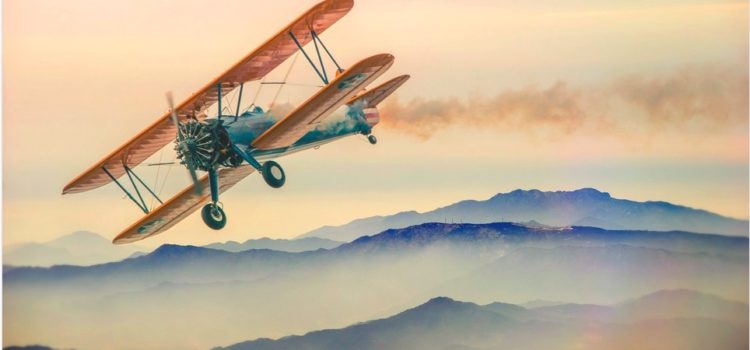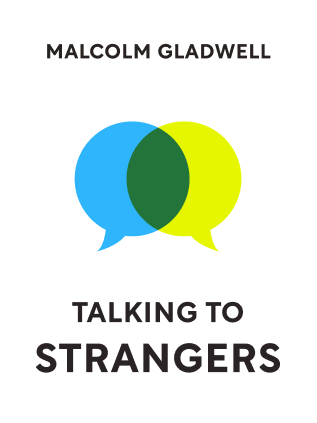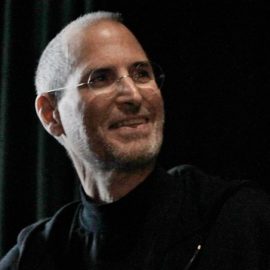

This article is an excerpt from the Shortform book guide to "Talking to Strangers" by Malcolm Gladwell. Shortform has the world's best summaries and analyses of books you should be reading.
Like this article? Sign up for a free trial here .
Who were Brothers to the Rescue (Hermanos al Rescate)? Why were their planes shot down in 1996, and why was this such a disaster for America on the whole?
Brothers to the Rescue was a group of American immigrants with the mission to save Cuban lives and incite revolt against Fidel Castro’s regime. Also known as Hermanos al Rescate, they would fly planes into Cuban airspace to make rescues.
We’ll cover why two of these planes were shot down, and why the event revealed something surprising about someone working for the CIA.
The Shootdown of Brothers to the Rescue
Early in the 1990’s, Cubans were fleeing to the United States to escape Fidel Castro’s rule in Cuba. The journey was dangerous, costing the lives of 24,000 Cubans. In response, a group of immigrants in America founded Brothers to the Rescue, or Hermanos al Rescate. The Brothers flew a small team of planes over the Florida Straits and into Cuban airspace in an effort to save Cuban lives and incite revolt against Castro’s regime.
On February 24, 1996, two Brothers to the Rescue planes were shot out of the sky over Cuba. Four people died. Cuban emigres and Americans alike were furious about the attack. The United Nations denounced the Cuban government. The press followed the event closely, calling the attack an act of war. But the story shifted after former United States Armed Forces rear admiral Eugene Carroll appeared on CNN for an interview. On TV, Carroll told a shocking story:
The day before the attack, February 23, Carroll had met with the Cuban Ministry of Defense. They told him that they were capable of shooting down private United States aircraft. Understandably, Carroll interpreted that as a warning of an upcoming Cuban attack on the Brothers to the Rescue. He immediately relayed the information to the State Department and the Defense Intelligence Agency (DIA). Neither department did anything to stop Brothers to the Rescue from flying the next day.
Suddenly, the story about Cuba’s violent attack became a story about incompetence and negligence in the American government. Can you see any coincidences in this story so far? Let’s review:
- The Cubans deliberately murder American citizens in international airspace.
- Just one day before the attack, a high-ranking American insider (Carroll) was warned it would happen and took that warning to the U.S. government.
- The U.S. government failed to protect the Brothers to the Rescue.
- Luckily for Cuba, Carroll went on TV the day after the attack and told the world his story. He also asked Americans to see the situation from Cuba’s point of view: imagine that Mexican planes were flying over California, dropping leaflets to incite an uprising. If we warned Mexico to stop sending those planes and they didn’t, how long would the American government tolerate them? Essentially, Carroll made Cuba’s case in front of the world.
Does the timing of all of this strike you as odd? If not, don’t worry. It’s only human that you would default to assuming the most likely circumstance was true and take the story as an unfortunate coincidence. Only one counterintelligence analyst in the DIA, Reg Brown, saw the nuances of the timing and went on alert.
Who Orchestrated the Brothers to the Rescue Shootdown?
The first thing that tipped off Reg Brown that Cuba had orchestrated the events that occurred around the attack was that a Brothers to the Rescue pilot named Juan Pablo Roque turned out to be a spy for Fidel Castro. He had tipped Castro off that there would be planes in the air on February 24. So, in Reg Brown’s mind, it made Carroll’s meeting with Cuba on February 23 very suspicious. This was the perfect day for a warning. Wouldn’t Cuba want to maximize the impact of their warning by making it the day before the attack? Reg Brown decided to look into who set the meeting between Cuba and Eugene Carroll and who selected the date February 23. After a bit of research, he found out that the meeting was scheduled by an agent in the DIA named Ana B. Montes.
Five Years Later
In 2001, five years after the planes of Brothers to the Rescue were shot down, an analyst at the National Security Agency (NSA) approached Scott Carmichael with sensitive information: Two years earlier, the NSA had intercepted a Cuban communication and successfully broke the code.
The communication mentioned a prominent Washington figure who was secretly working for Cuba. They called this person Agent S. Agent S had interests in the SAFE system and had traveled to Guantánamo Bay in July 1996.
Immediately, Scott Carmichael was on alert. The SAFE system was the DIA’s computer system. So Agent S was most likely a DIA employee. When he went to cross-reference any DIA employees who traveled to Guantánamo Bay by in July 1996, a familiar name came up: Ana Montes. Carmichael had finally hit the trigger point—he knew that Ana was a spy.
It turned out that Ana Montes had been spying for Cuba since the very start of her career. What’s more, she hadn’t even been very sneaky about it. After her arrest, the DIA found the codes she used to communicate with Cuba in her purse. She had a shortwave radio in her closet. She even asked to take a paid research sabbatical in Havana, Cuba. Does this sound like a woman trying to conceal her double life as a Cuban spy? How did no one but Reg Brown have suspicions? Why did it take so long for the mystery of the Brothers to the Rescue shootdown to come to light?

———End of Preview———
Like what you just read? Read the rest of the world's best book summary and analysis of Malcolm Gladwell's "Talking to Strangers" at Shortform .
Here's what you'll find in our full Talking to Strangers summary :
- Why we don't understand strangers
- How to talk to strangers in a cautious way so you don't get fooled
- How Hitler deceived so many world leaders






